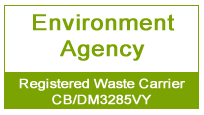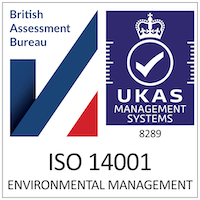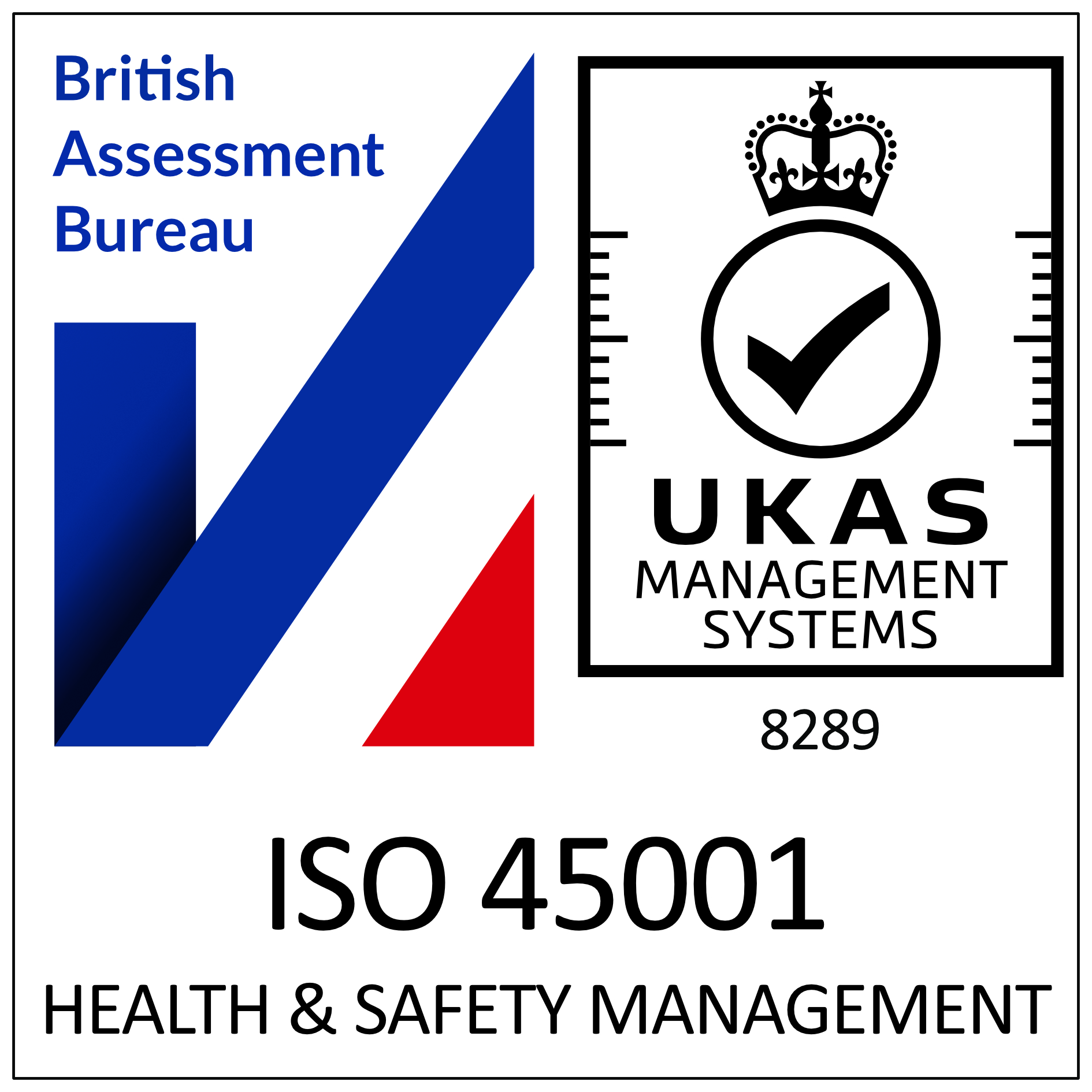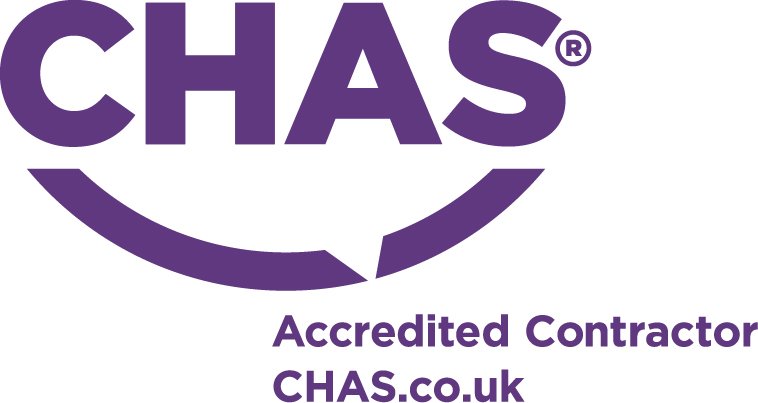2020 General Binding Rules
RA Dalton Ltd are the Klargester number one accredited installer covering the whole of the UK.
Do you know the rules?
In 2015 the government introduced the General Binding Rules to govern all small wastewater discharges to ground or to watercourse giving a clear list of rules for which all off mains drainage property owners need to abide by in order to achieve compliance.
It is important that if you are responsible for a property that has a septic tank (owner, tenant, or shared ‘operator’) or you are looking to purchase a property with off mains drainage that you are aware of the site set up and confirmed compliant with the government guidelines.
Is your septic tank compliant?
The Environment Agency has set out the following rules that must be adhered to or you may face a fine:
| Rule number | Discharges to surface water | Discharges to ground | General binding rule |
| 1 | No | Yes | The discharge must be 2 cubic metres or less per day in volume. |
| 2 | Yes | No | The discharge must be 5 cubic metres or less per day in volume. |
| 3 | Yes | Yes | The sewage must only be domestic. |
| 4 | Yes | Yes | The discharge must not cause pollution of surface water or groundwater. |
| 5 | No | Yes | The sewage must receive treatment from a septic tank and infiltration system (drainage field) or sewage treatment plant and infiltration system. |
| 6 | Yes | No | The sewage must receive treatment from a sewage treatment plant. |
| 7 | No | Yes | The discharge must not be within a groundwater source protection zone 1 or within 50 metres from any well, spring or borehole that is used to supply water for domestic or food production purposes. |
| 8 | Yes | No | For discharges in tidal waters, the discharge outlet must be below the mean spring low water mark. |
| 9 | Yes | Yes | All works and equipment used for the treatment of sewage effluent and its discharge must comply with the relevant design and manufacturing standards, meaning the British Standard that was in force at the time of the installation, and guidance issued by the appropriate authority on the capacity and installation of the equipment. |
| 10 | Yes | Yes | The system must be installed and operated in accordance with the manufacturer’s specification. |
| 11 | Yes | Yes | Maintenance must be undertaken by someone who is competent. |
| 12 | Yes | Yes | Waste sludge from the system must be safely disposed of by an authorised person. |
| 13 | Yes | Yes | If a property is sold, the operator must give the new operator a written notice stating that a small sewage discharge is being carried out, and giving a description of the wastewater system and its maintenance requirements. |
| 14 | Yes | Yes | The operator must ensure the system is appropriately decommissioned where it ceases to be in operation so that there is no risk of pollutants or polluting matter entering groundwater, inland fresh waters or coastal waters. |
For a discharge that was started on or after 1 January 2015, the following general binding rules also apply.
| Rule number | Discharges to surface water | Discharges to ground | General binding rule |
| 15 | Yes | Yes | Discharges must not be within 30 metres of a public foul sewer. |
| 16 | Yes | Yes | For discharges, the operator must ensure that the necessary planning and building control approvals for the treatment system are in place. |
| 17 | Yes | No | Discharges must not be in or within: 500 metres of a Special Area of Conservation (SAC), Special Protection Area (SPA), Ramsar site, biological Site of Special Scientific Interest (SSSI), freshwater pearl mussel population, designated bathing water, or protected shellfish water; 200 metres of an aquatic local nature reserve; 50 metres of a chalk river or aquatic local wildlife site. |
| 18 | No | Yes | Discharges must not be in, or within 50 metres of, a Special Area of Conservation (SAC), Special Protection Area (SPA), Ramsar site, or biological Site of Special Scientific Interest (SSSI), and must not be in an Ancient Woodland. |
| 19 | Yes | No | Discharges must be made to a watercourse that normally has flow throughout the year. |
| 20 | Yes | No | For discharges, any partial drainage field must be installed within 10 metres of the bank side of the watercourse. |
| 21 | Yes | No | Discharges must not be made to an enclosed lake or pond. |
For a new discharge that started on or after 2 October 2023, the following two general binding rules also apply.
| Rule number | Discharges to surface water | Discharges to ground | General binding rule |
| 22 | Yes | Yes | A new discharge shall not use the same outlet as any other discharge if the combined volume of those discharges would exceed the volumetric general binding rules thresholds for groundwater or surface water. |
| 23 | Yes | Yes | A new discharge shall not be made to a discharge point within 50 metres of any other exempt groundwater activity or water discharge activity. |
If you are unsure of whether you meet this criteria, why not check out our compliance surveys here.
Alternatively, if you are looking for a new installation there are three options:
Connection to mains sewer
This option should always be investigated as a priority when looking for a new compliant solution.
Installation of a Septic tank and drainage field
If you are installing a new septic tank this must discharge to a drainage field.
Installation of a Sewage treatment plant
If you are looking to install a new sewage treatment plant this can discharge to watercourse or ground and must be maintained (link to Servicing landing page) in line with the manufacturer’s guidelines.
We’d love to hear from you.
Call RA Dalton today on 01388 537030 for expert help & advice.













